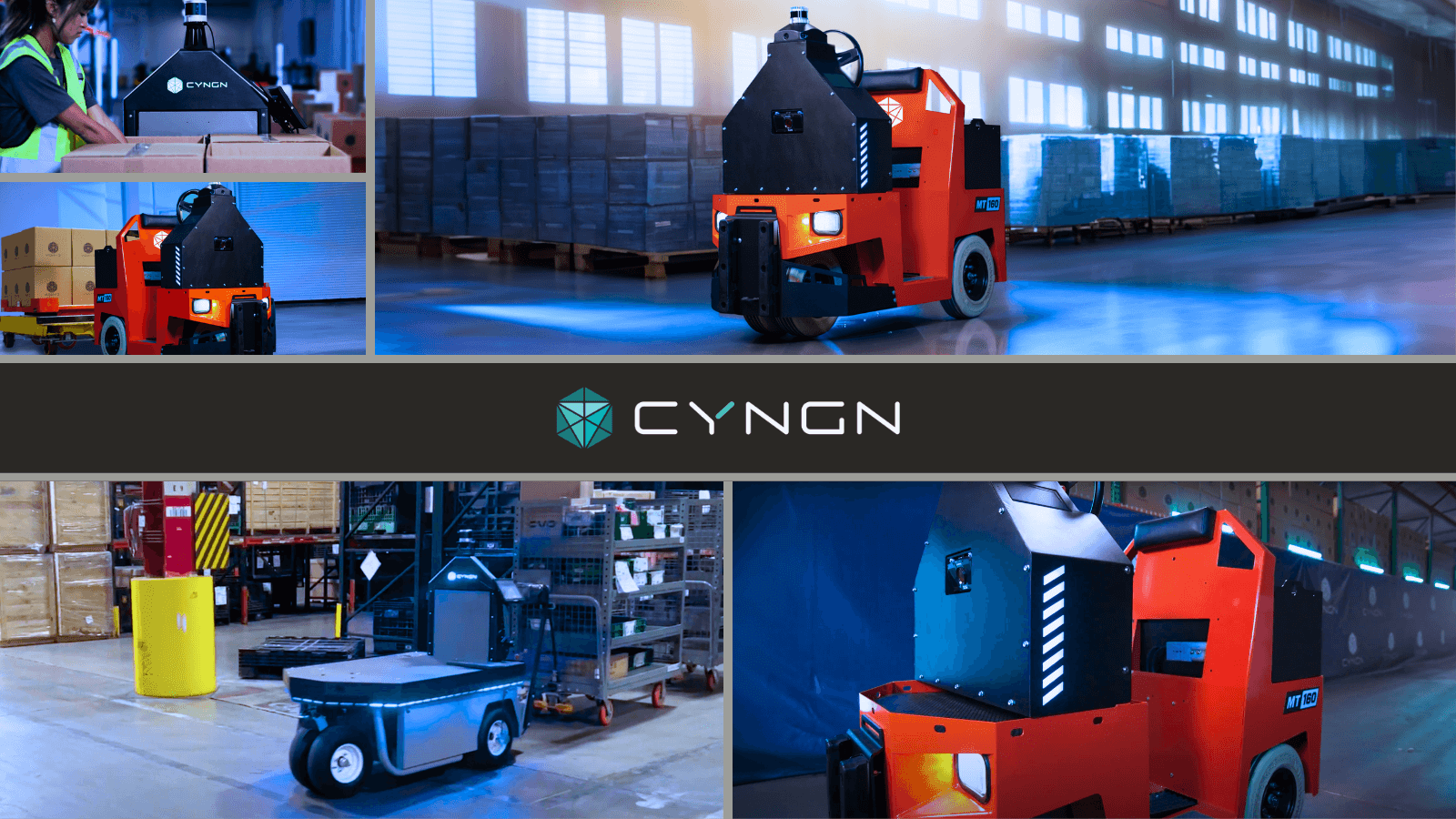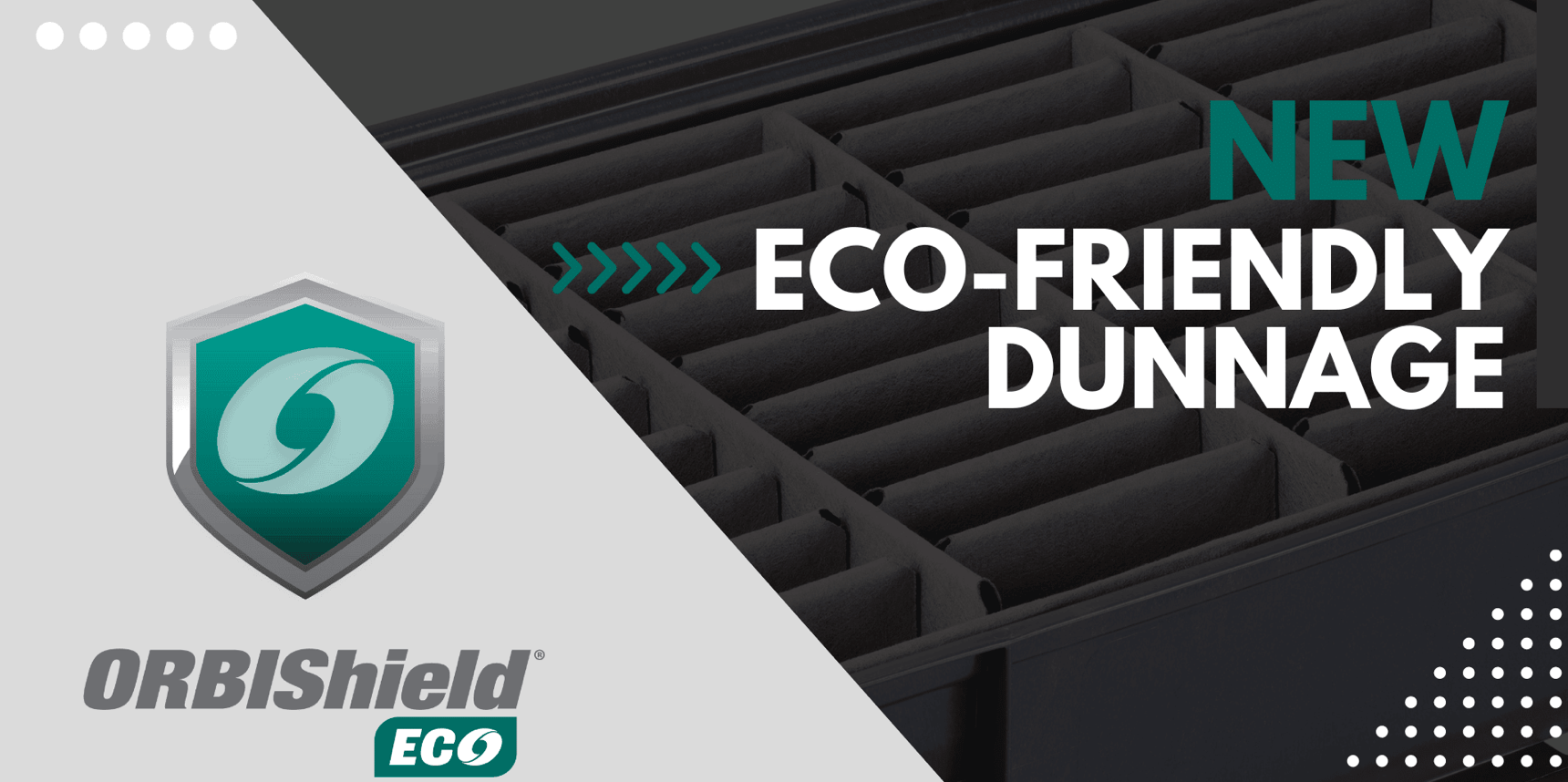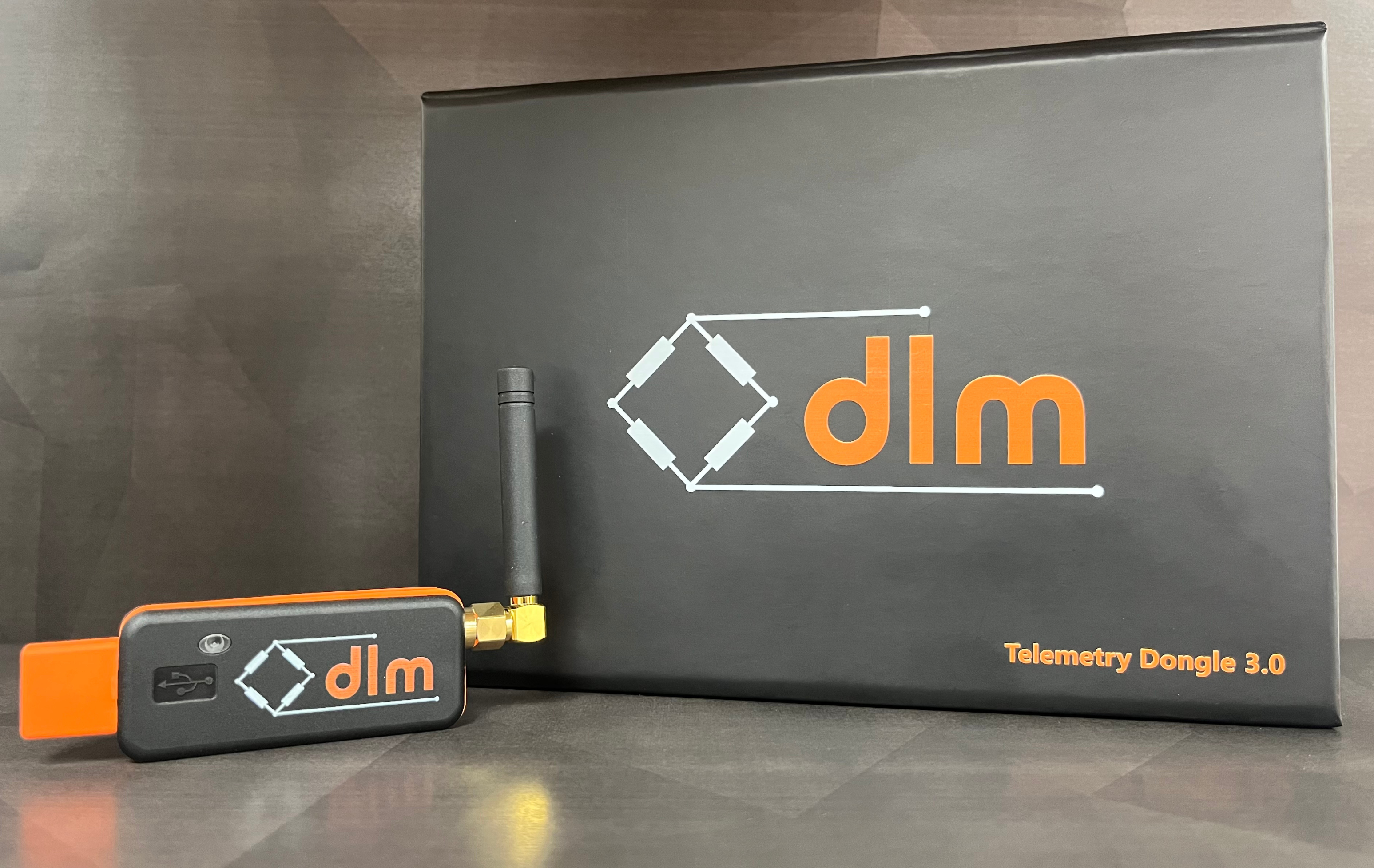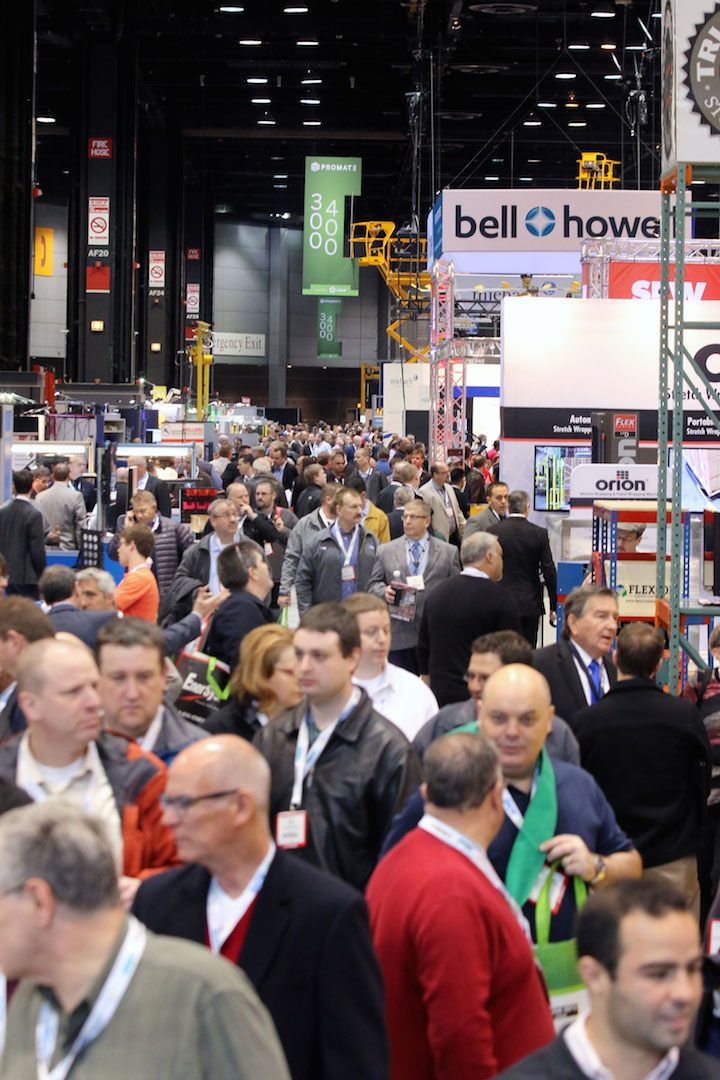DLM, Chant Telemetry Shackles for Towing
Dynamic Load Monitoring (UK) Ltd. (DLM), of Southampton, UK is meeting high demand for telemetry shackles in towing applications across North America, through distributor Chant Engineering Co. Inc., of New Britain, Pennsylvania.
DLM has a long-running partnership with Chant, which delivers a variety of its load cells, load monitoring, and cable working equipment to the point of use, including the telemetry shackle, a high-strength, marine-grade wireless load cell that incorporates a high-tensile stainless steel load pin, which is proving popular in towing and pulling. The shackles present an ability to transmit to multiple handheld displays; boast a line-of-sight range of 800m (2,625 ft.); and are made from stainless steel.
DLM is a specialist in the design, manufacture, repair, and calibration of load cells, load monitoring, and cable working equipment for the offshore, renewable energy, marine, subsea, and lifting and rigging industries. Chant, meanwhile, also of British heritage, is a diversified engineering company that designs, manufactures, services, and calibrates testing machines, systems, and related accessories for industrial and military customers.
Chant has stocked and distributed DLM’s standard tensile load links (SL-3.0) up to 50t capacity and handheld displays (TW-3.0-S) to the U.S. since 2015, and further penetrates the market via a sub-distribution network. One major difference between industries is the type of equipment used. Tow trucks typically use hydraulic systems to lift and transport vehicles, while lifting and marine work often involves more complex machinery, such as cranes and hoists.
Extensive research has shown that shackle load cells and load links play a crucial role in the tow truck industry. Over the last three years, Chant’s sales of load links and shackles have doubled in the towing industry and are showing continued growth. Tow truck operators often find themselves in emergency situations where they need to secure a vehicle quickly and safely for recovery. These tools provide a secure connection between the tow truck and the vehicle being recovered, making them essential for the job.
Further, as the tow truck industry is highly competitive, operators that can offer fast, efficient, and safe recovery services are often able to command higher prices for their services. High-quality shackle load cells and load links can help operators differentiate themselves from their competitors and attract more business.
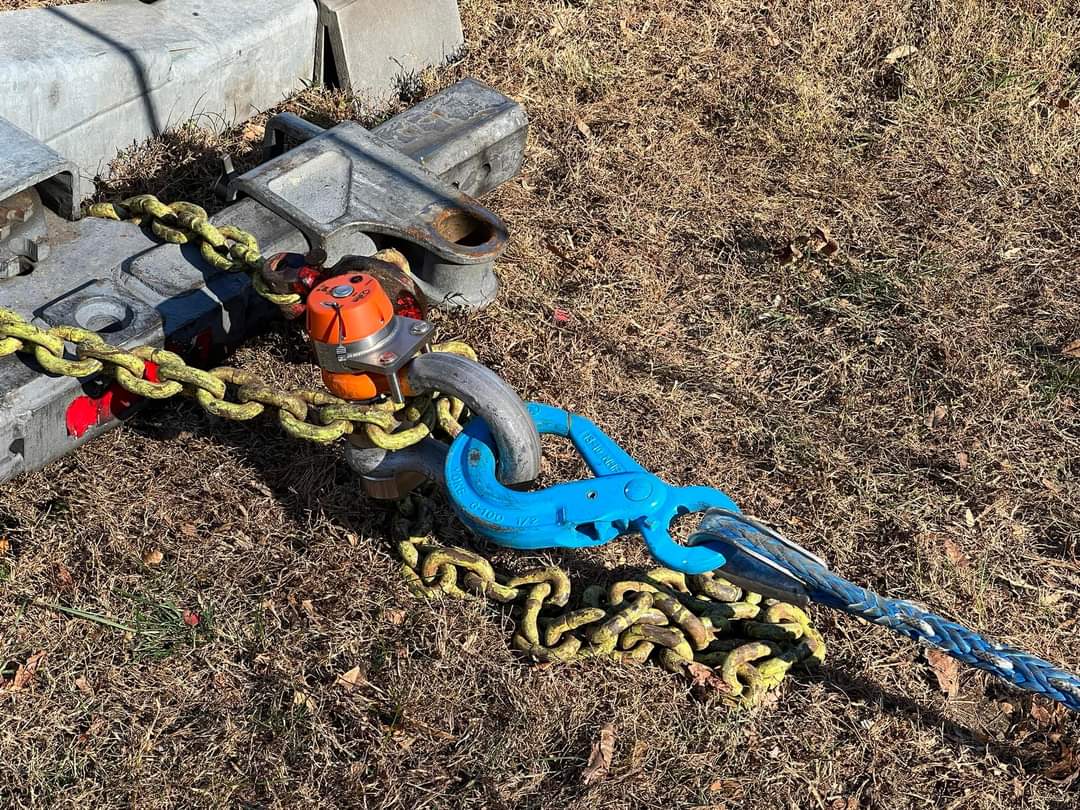
Chant observes increasing demand for telemetry shackles for towing applications across North America.
Tow Show
Chant recently gave the product range exposure at an American Exhibition, where Chris Scrutton, technical director at DLM, observed that load cells are a relatively new technology to many stakeholders in the sector, but they recognise that the technology and hardware can combine to significantly improve safety.
He said: “I also learned that certain equipment can be claimed back on insurance for recovery vehicles in the U.S., meaning that recovery firms can improve the safety of their operations, while also getting their investment back, creating a win-win situation.”
When it comes to towing and pulling applications, using shackles to connect equipment is common practice; shackles are commonly used in the tow truck industry to secure vehicles during transportation. Specifically, shackles are used to connect the tow truck’s winch cable to the vehicle being towed. Shackles are necessary for towing different types of vehicles, such as cars, trucks, SUVs, and vans. The size and weight of the vehicle being towed or recovered determines the size and strength of the shackle required.
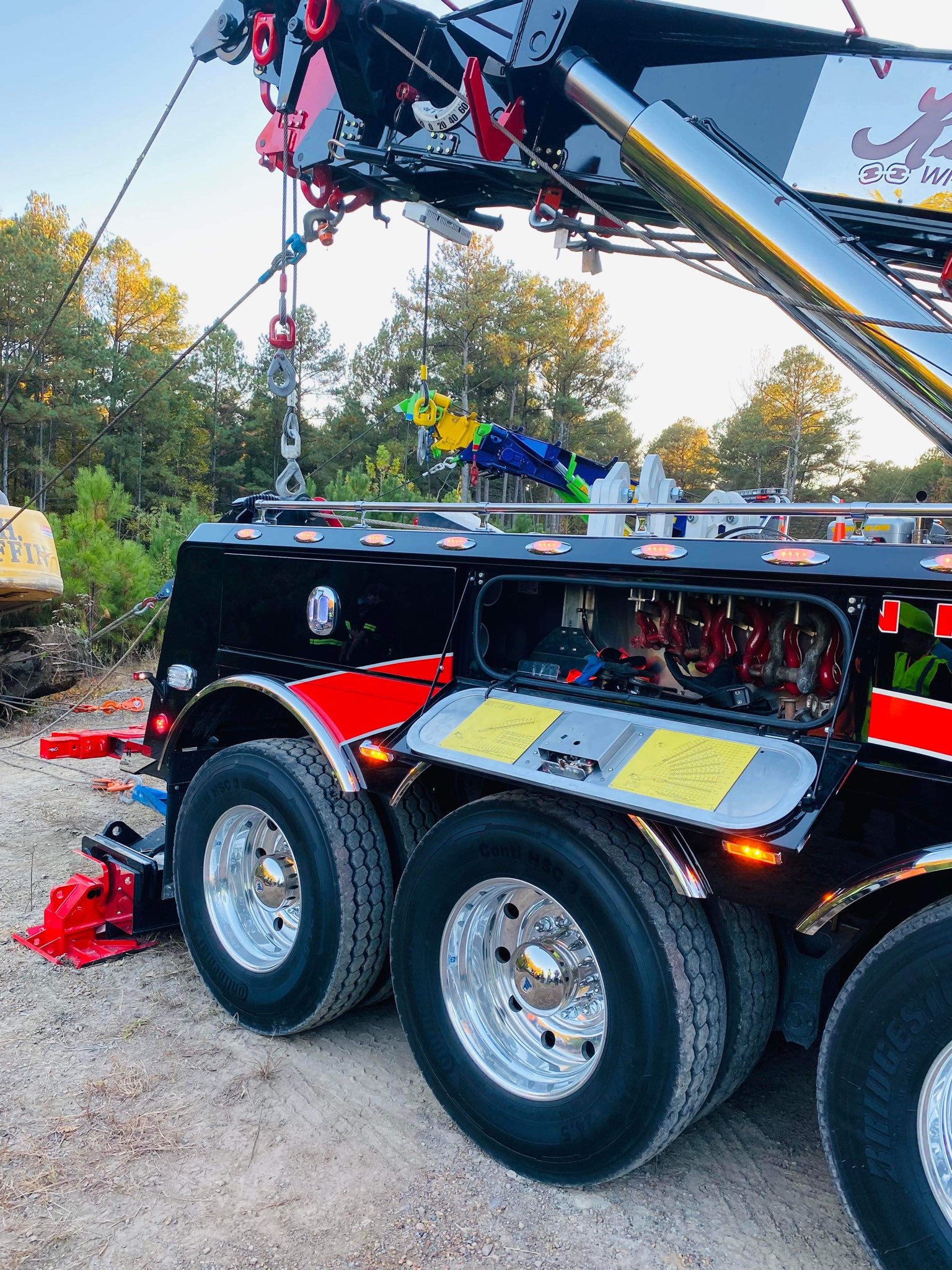
The size and weight of the vehicle being towed or recovered determines the size and strength of the shackle required.
However, it is crucial to approach the rigging process with caution and expertise to prevent damage to the equipment and ensure safety. Before rigging a shackle, it is essential to carefully select the appropriate size and weight capacity for the application. Additionally, the shackle must be checked for any defects or damage prior to use.




